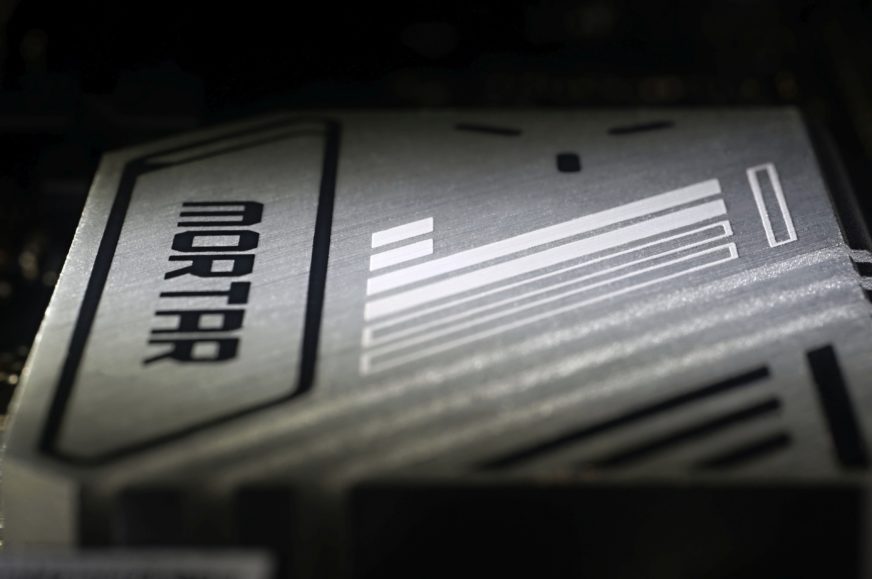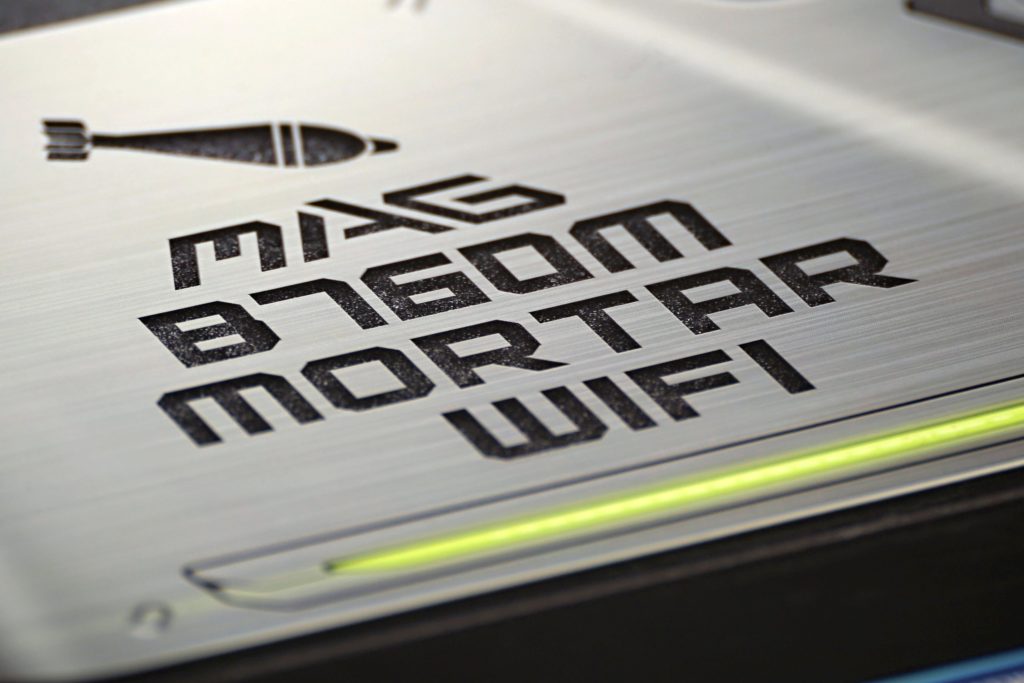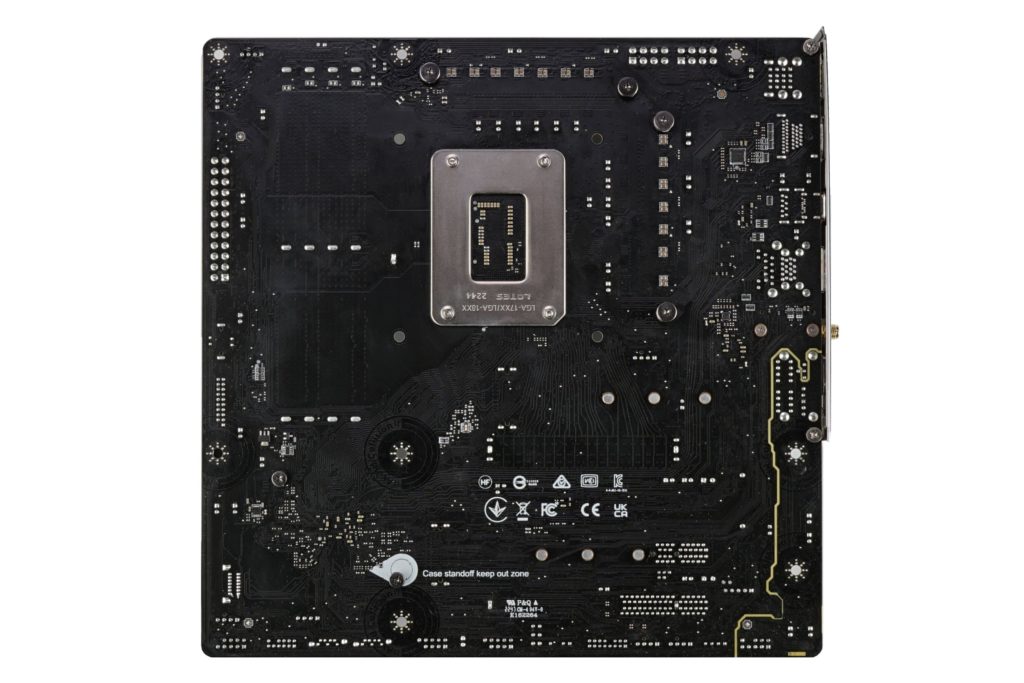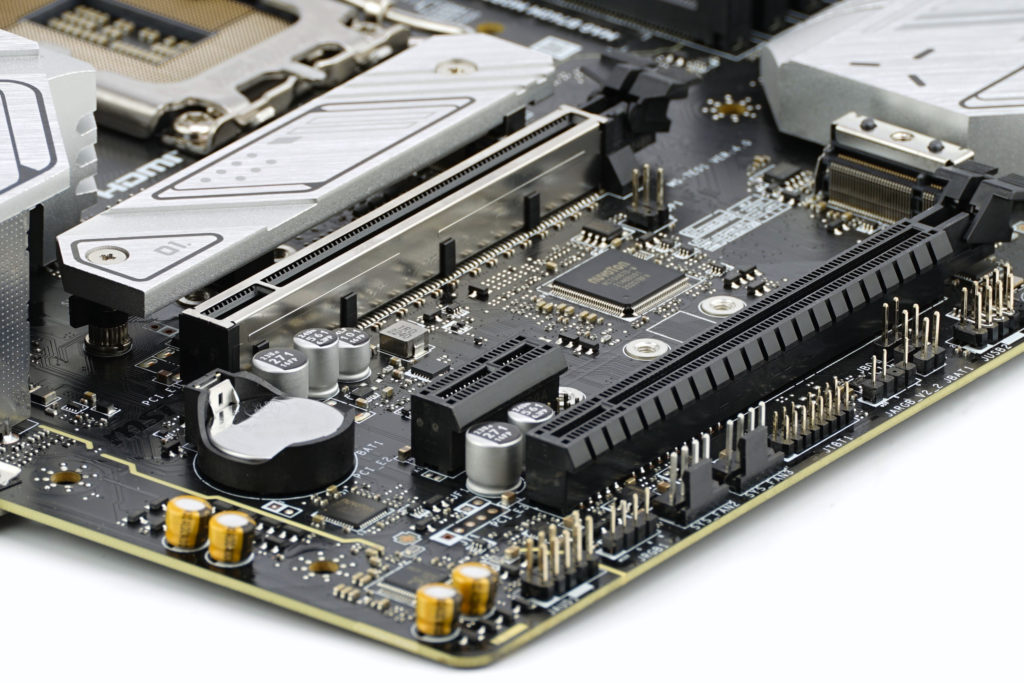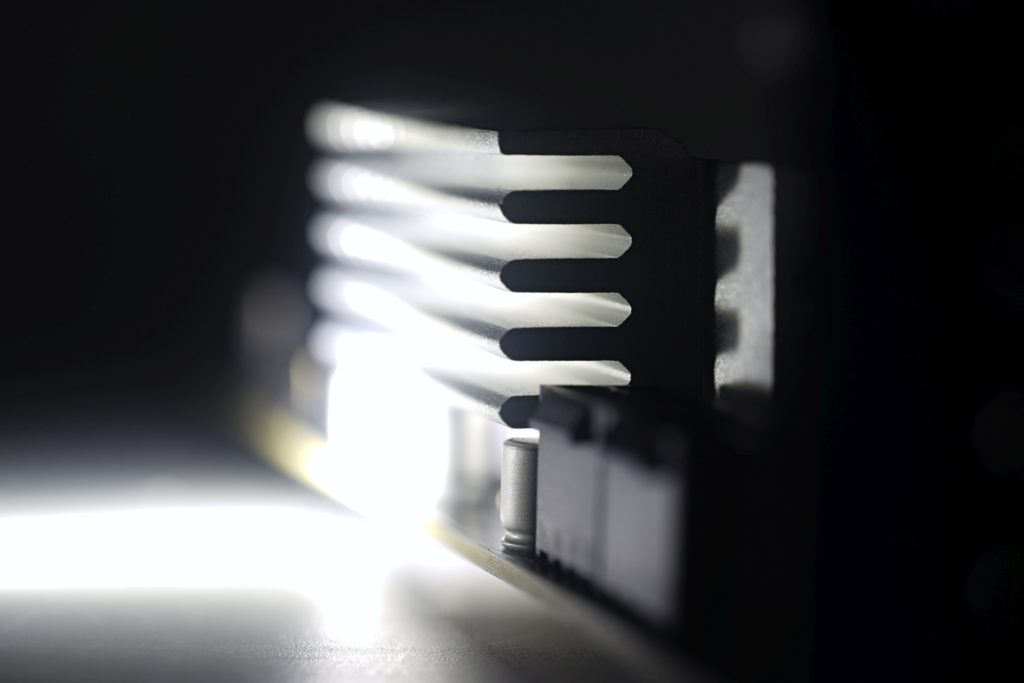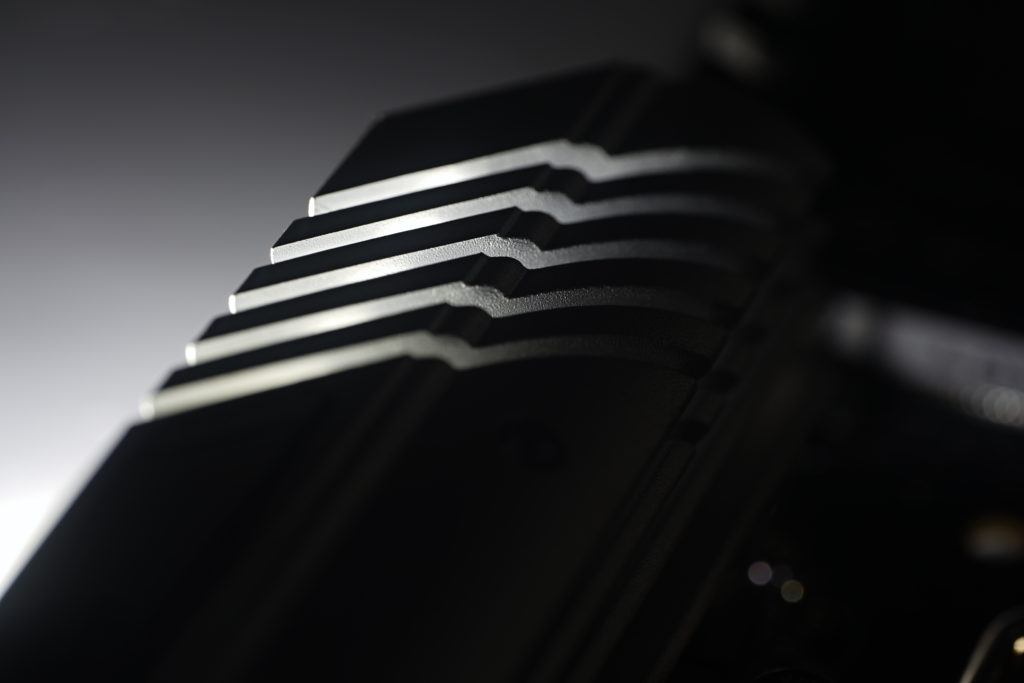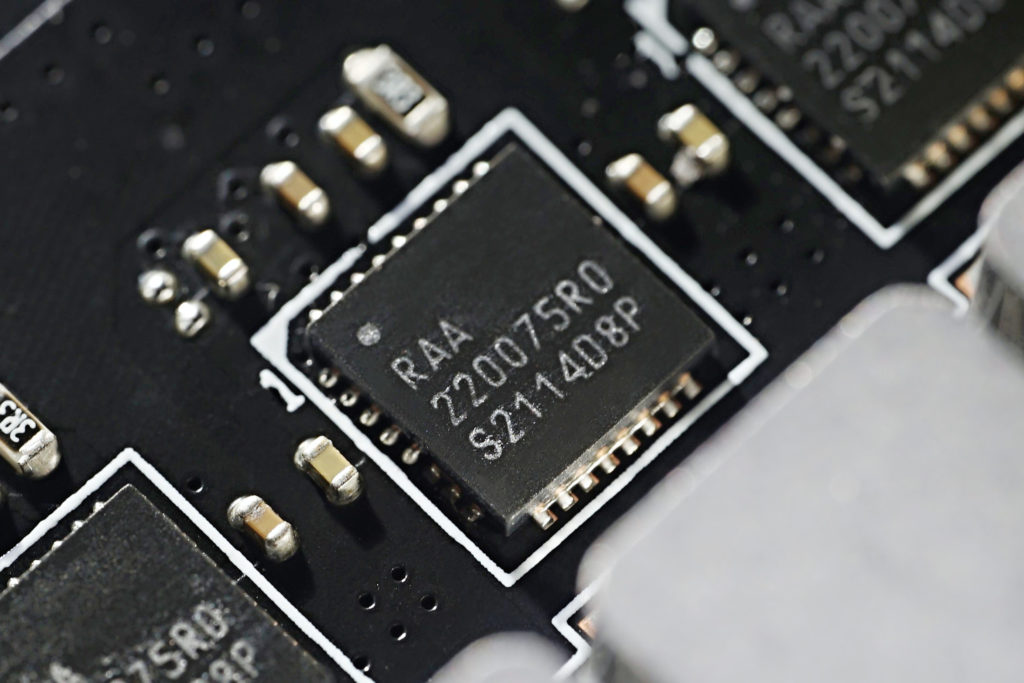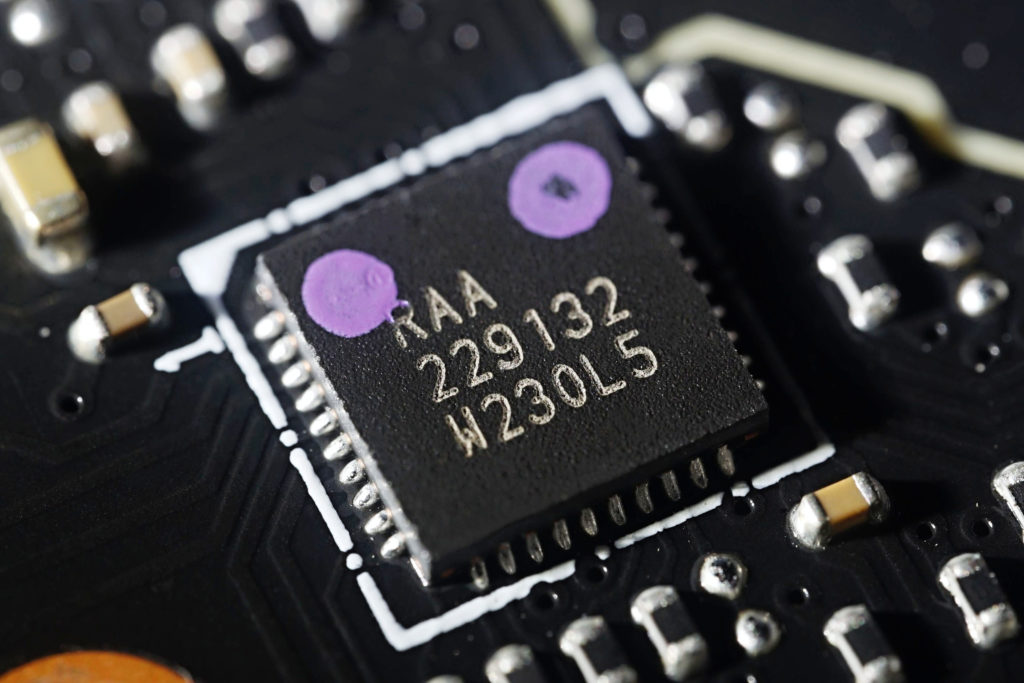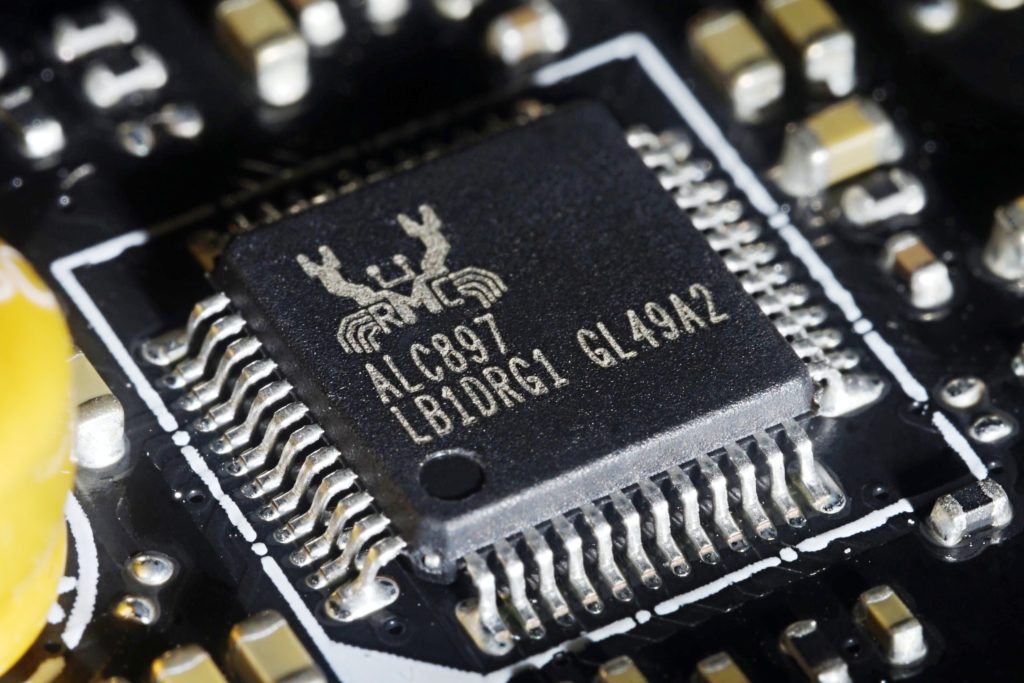MSI MAG B760M Mortar WiFi in detail
When building a relatively cheaper Intel-based desktop, you’ll probably choose a “B” chipset motherboard. One of those is the B760M Mortar WiFi. Because of the use of the Micro ATX format, this motherboard is also attractive for smaller computer cases. The cross-generational comparison with the B660M Mortar WiFi is also striking. What direction is MSI taking this?
Something like the Intel H710 probably won’t come out anymore, and so the cheapest 700 series chipset for Raptor Lake processors is the Intel B760. Earlier this year we already tested the Asus ROG Strix B760-A Gaming WiFi D4 motherboard, now we’ll add another one for comparison – the MSI MAG B760M Mortar WiFi.
| Parameters | MSI MAG B760M Mortar WiFi | |
| Socket | Intel LGA 1700 | |
| Chipset | Intel B760 | |
| Format | MicroATX (244 × 244 mm) | |
| CPU power delivery | 14-phase | |
| Supported memory (and max. frequency) | DDR5 (7200 MHz) | |
| Slots PCIe ×16 (+ PCIe ×1) | 2× (+ 1×) | |
| Centre of socket to first PCIe ×16 slot | 83 mm | |
| Centre of socket to first DIMM slot | 56 mm | |
| Storage connectors | 4× SATA III, 2× M.2 (42–80 mm), PCIe 4.0 ×4 + PCIe 4.0 ×4/SATA III | |
| PWM connectors for fans or AIO pump | 6× | |
| Internal USB ports | 1× 3.2 gen. 2 type C, 2× 3.2 gen. 1 type A, 4× 2.0 type A | |
| Other internal connectors | 1× TPM, 2× ARGB LED, 1× RGB LED, 1× Clear CMOS jumper | |
| POST display | no (but has debug LED) | |
| Buttons | none | |
| External USB ports | 1× 3.2 gen. 2×2 type C, 3× 3.2 gen. 2 type A, 4× 2.0 type A | |
| Video outputs | 1× HDMI 2.1, 1× DisplayPort 1.4 | |
| Network | 1× RJ-45 (2,5 GbE) – Realtek 8125BG, WiFi 6E (802.11 a/b/g/n/ac/ax) | |
| Audio | Realtek ALC897 (7.1) | |
| Other external connectors | – | |
| Suggested retail price | 209 EUR |
MSI MAG B760M Mortar WiFi
Categorically, the B760M Mortar WiFi is in the middle class of B760 boards. You’ll also come across significantly cheaper options, but these are usually only with DDR4 memory support. In case you are interested in DDR5 memory and also own a smaller case, a µATX motherboard like this one is suitable. However, even in this segment there is strong competition in the form of alternative models Asus TUF Gaming B760M-Plus WiFi and Gigabyte B760M Aorus Elite AX.
Compared to ATX format boards, this one is shortened only in height (by 61 mm). This means that there is still plenty of room to accommodate various connectors. And in part, MSI makes better use of this than with its predecessor the B660M Mortar WiFi. For example, there are more 4-pin headers for fans (six instead of four) or one 5-volt ARGB header, so there are two of these in total, and next to them there is also a 4-pin for connecting older components with analogue-type lighting.
On the other hand, the number of SATA connectors has been reduced to four. Considering that the use of inch storage (at the expense of the more modern M.2 format) is declining, this does not seem to matter so much in practice, but it must still be said that there has been a downgrade in this regard. This is due to the fact that the B760 chipset, unlike the B660, has fewer PCIe 3.0 lanes – only four, and MSI clearly didn’t want to “waste” PCIe 4.0 lanes too much.
The PCIe 4.0 lanes, of which the B760 chipset has more than the B660, have found a use for a second PCI ×16 slot, which is connected but only by four lanes, i.e. the same as in the B660M Mortar WiFi. Unlike the older board (with PCIe 3.0), however, this one uses the faster PCIe 4.0 interface. Thus, faster NVMe SSDs will also work in this slot at full speed via an adapter. And someone might need more than SATA ports for that, since there are only two M.2 connectors for SSDs. Both support PCIe 4.0×4 and the bottom hybrid also supports SATA SSDs. It’s perhaps a bit of a shame that MSI threw the second SSD cooler out of the design. It now cools the SSD only in the first slot. You have to buy a cooler separately for the second one if needed.
But the good news is that the first PCIe ×16 slot already supports PCIe 5.0, making it state-of-the-art. The older B660 Mortar WiFi board maxed out at PCIe 4.0. Whether because of the cheaper PCB or simply because MSI have not tested it properly and is only now assured of the stability of this interface, it doesn’t matter in principle. Finally, the short PCIe ×1 slot is of the 3.0 standard, which, given the range of devices you can plug into it, is enough and doesn’t limit them in any way.
The power delivery is 14-phase, with 12 phases dedicated to Vcore. All voltage regulators and coils are in contact with aluminum, fairly well articulated heatsinks through a thermal pad. Although they don’t hit any physical limits, the design of the aluminium heatsinks has some lateral cuts in addition to the longitudinal fins, so MSI’s attempt to achieve more surface area to increase effectiveness can’t be denied.
We mentioned that the number of phases of the power delivery is the same as the B660M Mortar WiFi, but there is a larger maximum current load per phase – 75 A instead of 60 A. The more robust Renesas RAA220075R0 voltage regulators are certainly chosen in view of the higher power requirements of Raptor Lake processors, which have seen an increase in PL2 power limits.
In order for MSI not to raise the suggested price, they had to cut somewhere. Many users will probably have some complaints about the use of the Realtek ALC897 codec (instead of ALC1200).
The rear-panel audio input/output selection is already full-featured, with five 3.5mm jacks as well as an S/PDIF optical connector. There are eight USB connectors, half faster (standard 3.2 gen. 2, the Type-C connector is 20-gigabitp, 3.2 gen. 2×2) and half slower, typically for connecting a keyboard, mouse, headset or multifunction device.
It also counts with the use of iGPU services, HDMI (2.1) and DP (1.4) connectors are brought out to it. The RJ-45 Ethernet connector has a 2.5-gigabit Realtek 8125BG adapter behind it.
- Contents
- MSI MAG B760M Mortar WiFi in detail
- What it looks like in the BIOS
- Methodology: Performance tests
- Methodology: How we measure power draw
- Methodology: Temperature and clock speed measurements
- Test setup
- 3DMark
- Borderlands 3
- F1 2020
- Metro Exodus
- Shadow of the Tomb Raider
- Total War Saga: Troy
- PCMark and Geekbench
- Web performance
- 3D rendering: Cinebench, Blender, ...
- Video 1/2: Adobe Premiere Pro
- Video 2/2: DaVinci Resolve Studio
- Graphics effects: Adobe After Effects
- Video encoding
- Audio encoding
- Photos: Adobe Photoshop, Affinity Photo, ...
- (De)compression
- (De)encryption
- Numerical computing
- Simulations
- Memory and cache tests
- M.2 (SSD) slots speed
- USB ports speed
- Ethernet speed
- Power draw without power limits
- Power draw with power limits
- Achieved CPU clock speed
- CPU temperature
- VRM temperature – thermal imaging of Vcore and SOC
- SSD temperature
- Chipset temperature (south bridge)
- Conclusion





